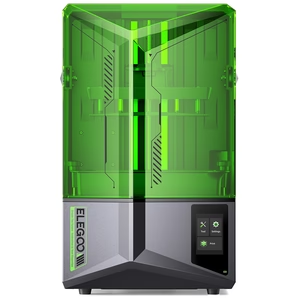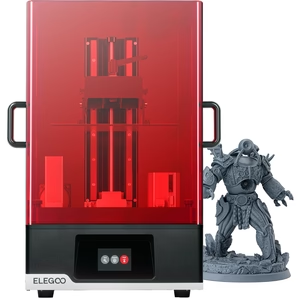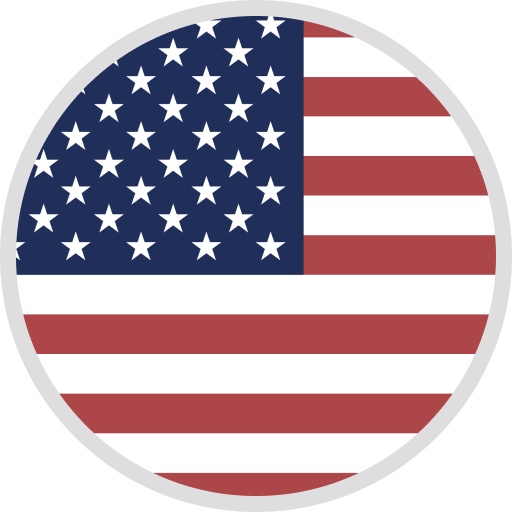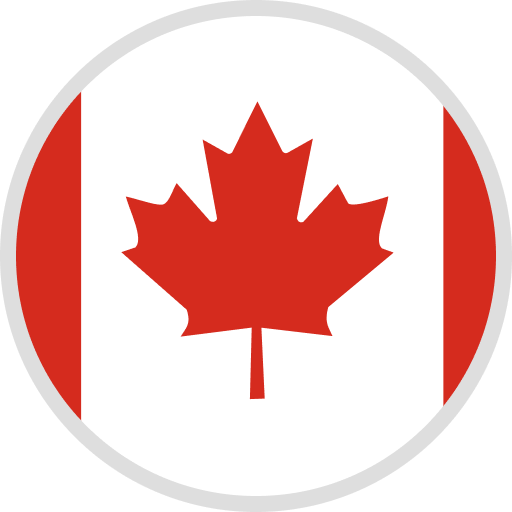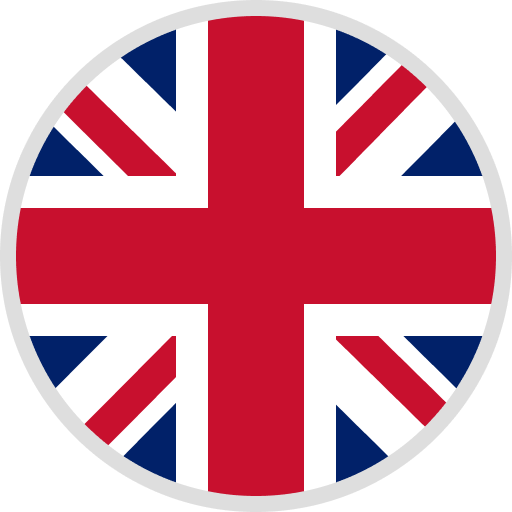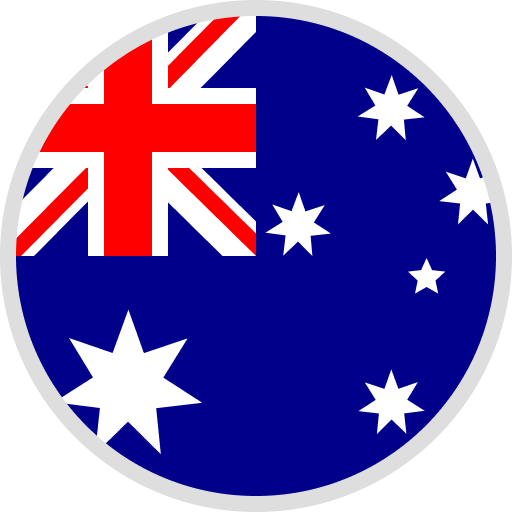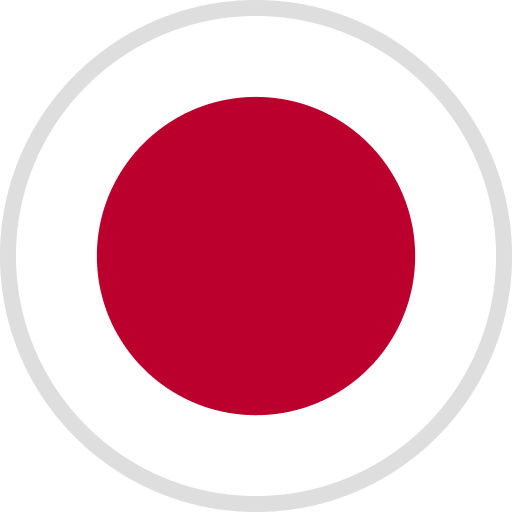In the rapidly evolving world of technology, 3D printing has emerged as a groundbreaking tool for businesses and hobbyists alike. However, the financial implications of acquiring and maintaining such a device can be substantial.
This article will explore the economics of owning a 3D printer, focusing on the cost-benefit analysis essential for potential buyers. We’ll delve into the costs associated with 3D printing and weigh them against the tangible benefits to determine if investing in a 3D printer is a sound financial decision.
Initial Investment and Operating Costs
When considering the purchase of a 3D printer, the initial price tag is just the beginning. 3D printer cost analysis should include not only the acquisition cost but also the operating costs of 3D printers which encompass materials, energy consumption, and regular maintenance.
Price of the Printer
The market offers a wide range of 3D printers, from desktop models priced around a few hundred dollars to industrial-grade machines that can cost thousands. The choice depends on the quality, speed, and size of prints you need.
For instance, our ELEGOO Neptune 4 Pro FDM, priced at $259, is suitable for most hobbyists and small businesses.
This entry-level cost is manageable for those just starting out, while more advanced and feature-rich models are available for professionals who require greater precision and capacity.
Materials and Energy
3D printing materials cost varies by type — PLA, ABS, Nylon, etc. — and quantity. Frequent printing can drive this cost up significantly. The price of materials can range from $20 to $100 per kilogram, depending on the quality and properties required for specific projects. Moreover, energy consumption of 3D printers can impact your utility bills, particularly with high-temperature models.
While most consumer models use roughly the same amount of energy as a standard desktop computer, industrial models might require more power, akin to running a small workshop.
Maintenance
Maintenance costs for 3D printers are often overlooked. Regular upkeep such as replacing nozzles, lubricating parts, and updating software are integral to ensuring longevity and performance. These tasks might require technical knowledge, and depending on the model, parts can be either readily available or quite expensive.
For example, a replacement nozzle might cost as little as $10 or as much as $100 for high-performance models. Regular maintenance ensures that the printer operates efficiently, minimizing more costly repairs or downtime in the future.
Understanding these costs and how they accumulate over time is crucial for anyone considering the integration of 3D printing into their workflow or hobby. By thoroughly assessing these expenses against the benefits 3D printing brings, individuals and businesses can make an informed decision about whether the investment aligns with their financial and operational goals.
Return on Investment in 3D Printing
The return on investment in 3D printing hinges on how effectively it is integrated into your operations. For businesses, 3D printing can drastically reduce the time and cost associated with prototyping and manufacturing. This reduction can streamline product development and potentially bring products to market faster.
Customization and Speed
3D printing allows for high customization without the need for expensive molds or setups. This capability is invaluable for creating bespoke products or parts on demand, offering a significant competitive edge.
Inventory and Logistics
Manufacturing items on-demand reduces the need for storing inventory, which can be particularly advantageous for small businesses with limited space. This flexibility can also decrease shipping and handling costs associated with outsourcing production.
3D Printing vs Buying
When deciding whether to invest in a 3D printer, consider the cost of 3D printing vs buying the items outright. For unique or customized items, 3D printing can often be the more economical choice, avoiding the high costs associated with custom fabrication. However, for more generic products, bulk purchasing may still be more cost-effective.
Break-even Point and Long-term Benefits
- Determining the break-even point for 3D printing involves calculating the savings garnered over time versus the initial and ongoing expenses.
- This calculation should include not only direct financial savings but also indirect benefits such as increased agility and innovation.
Determining the break-even point for 3D printing involves calculating the savings garnered over time versus the initial and ongoing expenses.
This calculation should include not only direct financial savings but also indirect benefits such as increased agility and innovation.
Benefits of Owning a 3D Printer
The benefits of owning a 3D printer extend beyond mere cost savings. They include:
- Enhanced creative freedom and innovation
- Reduced lead times for product design and iteration
- Potential to enter new markets or niches with customized products.
Is 3D Printing Cost-Effective?
Ultimately, answering "Is 3D printing cost-effective?" requires a detailed understanding of your specific needs and how you plan to use the printer. For many, the ability to produce low-cost prototypes or custom parts in-house justifies the initial investment and ongoing costs.
In conclusion, while the upfront costs of a 3D printer can be considerable, the long-term benefits and potential savings make it a worthy investment for many. By conducting a thorough 3D printer cost analysis and considering your production needs, you can make an informed decision that aligns with your financial goals and business strategies.





























